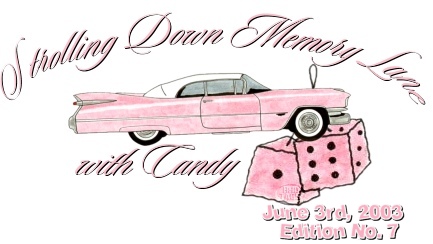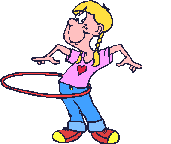Swing Your Hips Now!!

It's been called the "granddaddy of American fads", and I still remember when Mama brought me one home.

 The next year, the hula hoop, whose name came from the Hawaiian dance its users seemed to imitate, was marketed nationwide. Americans kids and adults alike were hooked: Wham-O sold 25 million hula hoops in two months. Almost 100 million international orders followed. Wham-O could hardly patent an ancient item, but did reinvent, manufacture and market the hula hoop for the modern world---for example, by using Marlex, a lightweight but durable plastic then recently invented by Phillips Petroleum. By the end of 1958, after $45 million in profits, the craze was dying down. But Richard Knerr was ready with another bombshell: that year he had discovered the "Frisbie."
The next year, the hula hoop, whose name came from the Hawaiian dance its users seemed to imitate, was marketed nationwide. Americans kids and adults alike were hooked: Wham-O sold 25 million hula hoops in two months. Almost 100 million international orders followed. Wham-O could hardly patent an ancient item, but did reinvent, manufacture and market the hula hoop for the modern world---for example, by using Marlex, a lightweight but durable plastic then recently invented by Phillips Petroleum. By the end of 1958, after $45 million in profits, the craze was dying down. But Richard Knerr was ready with another bombshell: that year he had discovered the "Frisbie."
Those who know me will know that no other song could possibly accompany this issue of Strolling Down Memory Lane,
and let it serve as a little hint to what's coming soon.
Keep a smile on your face and a hula hoop swirling!!

